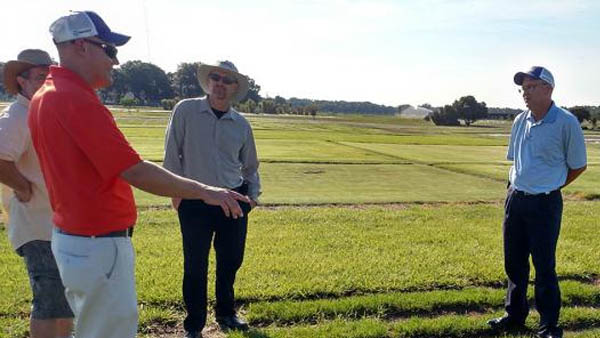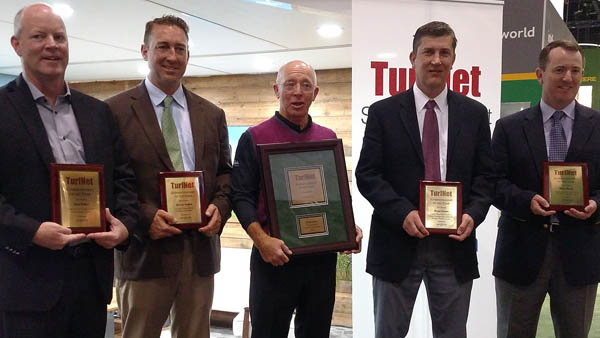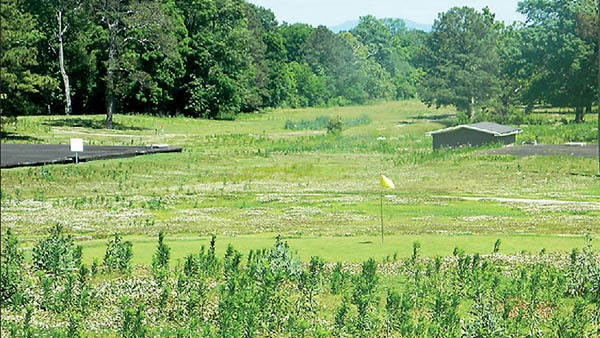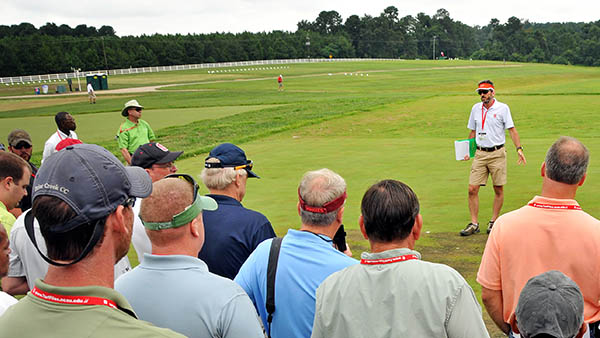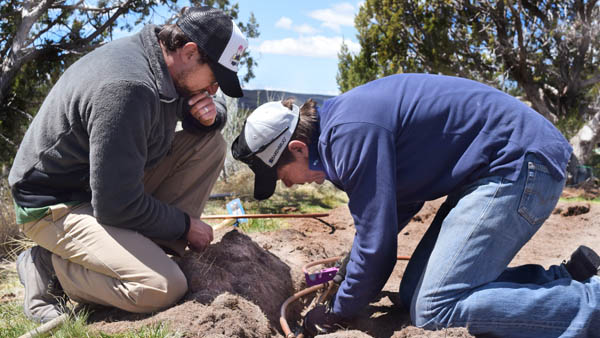

A top-shelf preventive maintenance program that keeps equipment on the golf course and out of the shop is just one reason Bryan was named last years winner of the TurfNet Technician of the Year Award, presented by Toro.
Located atop a mountain in northern West Virginia, Pikewood National occupies about 200 hilly acres of a 700-acre parcel, creating tremendous wear and tear on mowers and other equipment.
"Kris has a great preventative maintenance program," Bentley said. "He does a very good job keeping equipment running.
"He is a perfectionist, which is what we need."
If you have a technician who is the backbone of your operation and deserves such recognition, nominate him for next years award.
The winner will receive the Golden Wrench Award (a real gold-plated wrench) from TurfNet and a weeklong training session at Toro's Service Training University at the company's headquarters in Bloomington, Minnesota.
Criteria on which nominees are judged include: crisis management; effective budgeting; environmental awareness; helping to further and promote the careers of colleagues and employees; interpersonal communications; inventory management and cost control; overall condition and dependability of rolling stock; shop safety; and work ethic.
In other words, tell us what makes your technician worthy, with specific examples of what he or she has accomplished. The more we know, the better your tech's chances of getting noticed.
CLICK HERE to submit a nomination using our online form. All finalists and the winner will be profiled on TurfNet.
Deadline for nominations is April 30, 2017.
Previous winners are (2016) Kris Bryan, Pikewood National Golf Club, Morgantown, WV; (2015) Robert Smith, Merion Golf Club, Ardmore, PA; (2014) Lee Medeiros, Timber Creek and Sierra Pines Golf Courses, Roseville, CA; (2013) Brian Sjögren, Corral de Tierra Country Club, Corral de Tierra, CA; (2012) Kevin Bauer, Prairie Bluff Golf Club, Crest Hill, IL; (2011) Jim Kilgallon, The Connecticut Golf Club, Easton, CT; (2010) Herb Berg, Oakmont (PA) Country Club; (2009) Doug Johnson, TPC at Las Colinas, Irving, TX; (2007) Jim Stuart, Stone Mountain (GA) Golf Club; (2006) Fred Peck, Fox Hollow and The Homestead, Lakewood, CO; (2005) Jesus Olivas, Heritage Highlands at Dove Mountain, Marana, AZ; (2004) Henry Heinz, Kalamazoo (MI) Country Club; (2003) Eric Kulaas, Marriott Vinoy Renaissance Resort, Sarasota, FL.
There was no award in 2008.
Pictured on front page: 2014 Golden Wrench winner Lee Medeiros (center) with assistant technician Mohammed Nawaz (left) and superintendent Jim Ferrin of Timber Creek and Sierra Pines golf courses in Roseville, California.
- Read more...
- 2,635 views


